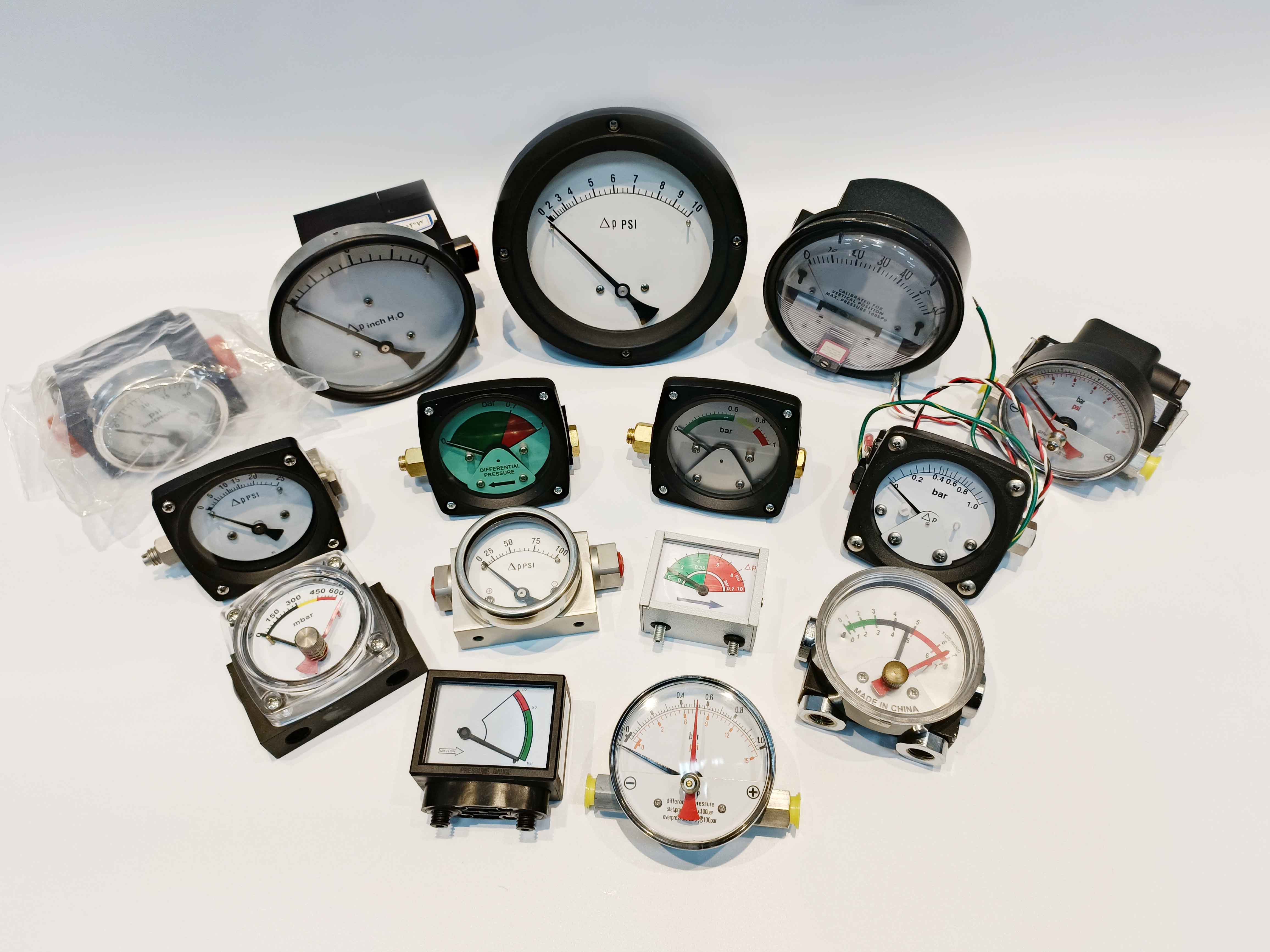
Des . 19, 2024 11:34 Back to list
Flange Diaphragm Seal for Reliable Pressure Gauge Performance and Accuracy
Understanding Flange Diaphragm Seal Pressure Gauges
In a variety of industrial applications, pressure measurement plays a crucial role in ensuring safety, efficiency, and product quality. Among the many types of pressure measurement devices, the flange diaphragm seal pressure gauge stands out due to its unique design and capability to handle challenging environments. This article delves into the working principles, advantages, and applications of flange diaphragm seal pressure gauges.
What is a Flange Diaphragm Seal Pressure Gauge?
A flange diaphragm seal pressure gauge consists of a pressure sensor, commonly a diaphragm, sealed within a flange system. The diaphragm is a thin membrane designed to deform under pressure, transferring this pressure change through a sealed system to a sensing element, usually a Bourdon tube or a capacitive sensor. The flange connects the diaphragm seal to the mating process line or vessel, ensuring a leak-proof seal. This design allows for accurate pressure readings while isolating the measuring instrument from the process medium.
How Does It Work?
The operation of a flange diaphragm seal pressure gauge involves several key components. When pressure from the process medium applies to the diaphragm, it flexes according to the exerted force. This movement translates to a mechanical or electronic output, which is displayed as a pressure reading. The flange part ensures that the gauge is securely attached to the pipeline or equipment, maintaining its integrity and allowing for easy disassembly when maintenance is needed.
This design is particularly advantageous in scenarios where the process medium is corrosive, viscous, or contains solid particles that could damage traditional pressure gauges. The diaphragm isolates the gauge mechanism from these harmful substances, prolonging the gauge's lifespan and accuracy.
Advantages of Flange Diaphragm Seal Pressure Gauges
1. Protection Against Contamination One of the primary benefits of this type of gauge is its ability to prevent contamination of the measuring system. The diaphragm acts as a barrier, deterring corrosive or viscous process media from reaching and damaging the sensing element.
flange diaphragm seal pressure gauge jah

2. Enhanced Accuracy By minimizing the effects of pressure spikes and fluctuations, flange diaphragm seals provide more stable and reliable readings. This is crucial for processes where precise pressure measurements are necessary.
3. Simplified Maintenance The flange connection allows for quick and easy disassembly for maintenance or replacement. This feature is especially beneficial in process industries where downtime can be costly.
4. Versatile Applications These gauges can be used in a wide range of industries, including chemical processing, oil and gas, food and beverage, and pharmaceuticals, where dimensional flexibility and robustness are required.
5. Temperature and Pressure Variation Resistance Flange diaphragm seal pressure gauges can be designed to withstand severe temperature and pressure changes, making them suitable for high-temperature or high-pressure environments.
Applications
Flange diaphragm seal pressure gauges are versatile and find use in numerous applications
- Chemical Industries Measuring the pressure of corrosive gases and liquids without exposing gauges to damaging substances. - Oil and Gas Monitoring pressures in extraction and refinement processes, where reliability is critical for safety. - Food and Beverage Ensuring pressure levels in sanitary systems without the risk of contamination. - Pharmaceuticals Guaranteeing accurate pressure readings to meet strict regulatory standards.
Conclusion
Flange diaphragm seal pressure gauges are vital instruments in ensuring the safe and efficient operation of various industrial processes. Their unique design offers significant advantages in terms of accuracy, longevity, and reliability. As industries continue to evolve and face new challenges, the importance of precise pressure measurement technologies, such as flange diaphragm seal pressure gauges, will only grow. Understanding this technology enables better selection for specific applications, enhancing both safety and performance in industrial environments.
-
High-Precision 5 Valve Manifold Differential Pressure Gauge Suppliers
NewsApr.29,2025
-
High-Precision Diaphragm Vacuum Pressure Gauges Manufacturers & Quotes
NewsApr.29,2025
-
Omega Differential Pressure Gauges High Accuracy & Durability
NewsApr.28,2025
-
Low Pressure Differential Pressure Gauges Precision Solutions & Quotes
NewsApr.28,2025
-
Digital Diaphragm Pressure Gaauge Precision Measurement & OEM Quotes
NewsApr.28,2025
-
Differential Pressure Gauge China Price High-Accuracy & Best Quotes
NewsApr.28,2025
